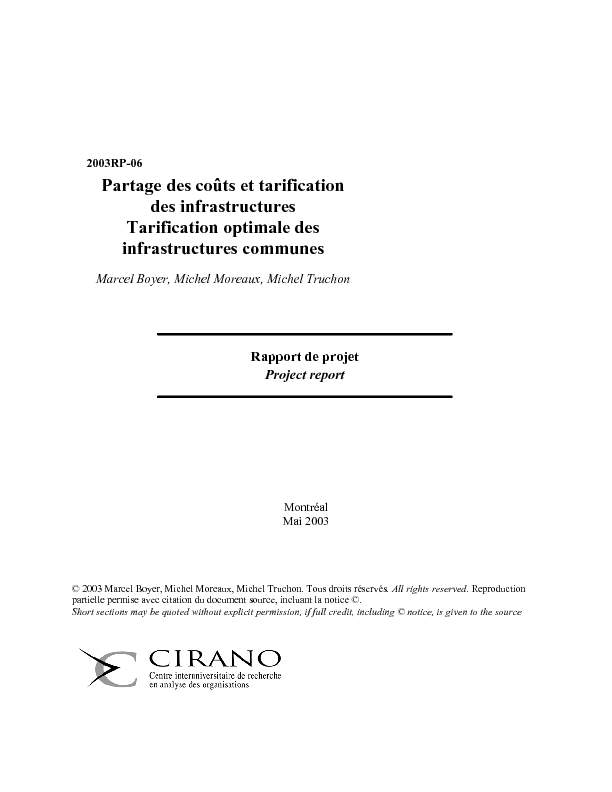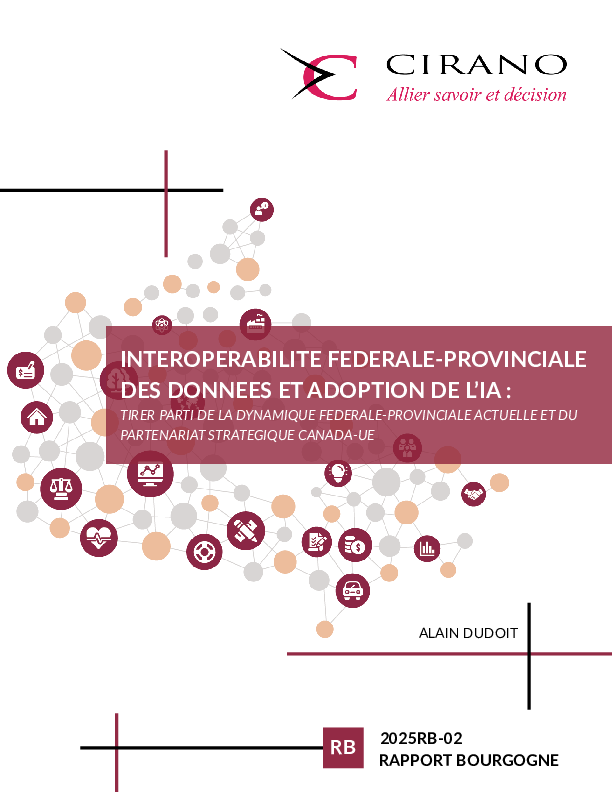Partage des coûts et tarification des infrastructures - Tarification optimale des infrastructures communes
The general interest would require that the use of major equipments be priced at their marginal cost, including all opportunity costs such as congestion and pollution costs. At least, prices should be lowered until full utilization of these equipments is obtained. This is a result that economists call the first best solution. Unfortunately, under increasing returns to scale, such prices lead to a deficit. In order to covers all monetary costs, the managers must then fix prices above the marginal costs. In the general interest, they should do so while trying to preserve as much as possible the first best features, i.e. by maximizing the use of these equipments for the largest well being of the citizens. This is what economists call a second best solution, i.e. the best solution given the budget balance constraint. The problem is to find the prices that will meet this objective. These are the questions addressed in this report. We start with the Ramsey-Boiteux or linear pricing. In this case, there is only one price for each good or service, although prices may vary from one category of customers to the other. Next, we show that one can do better with multi-part or non-linear prices, comprising fix charges, usage fees, etc. The report ends with a brief survey of actual applications of linear and non-linear prices.
[ - ]




